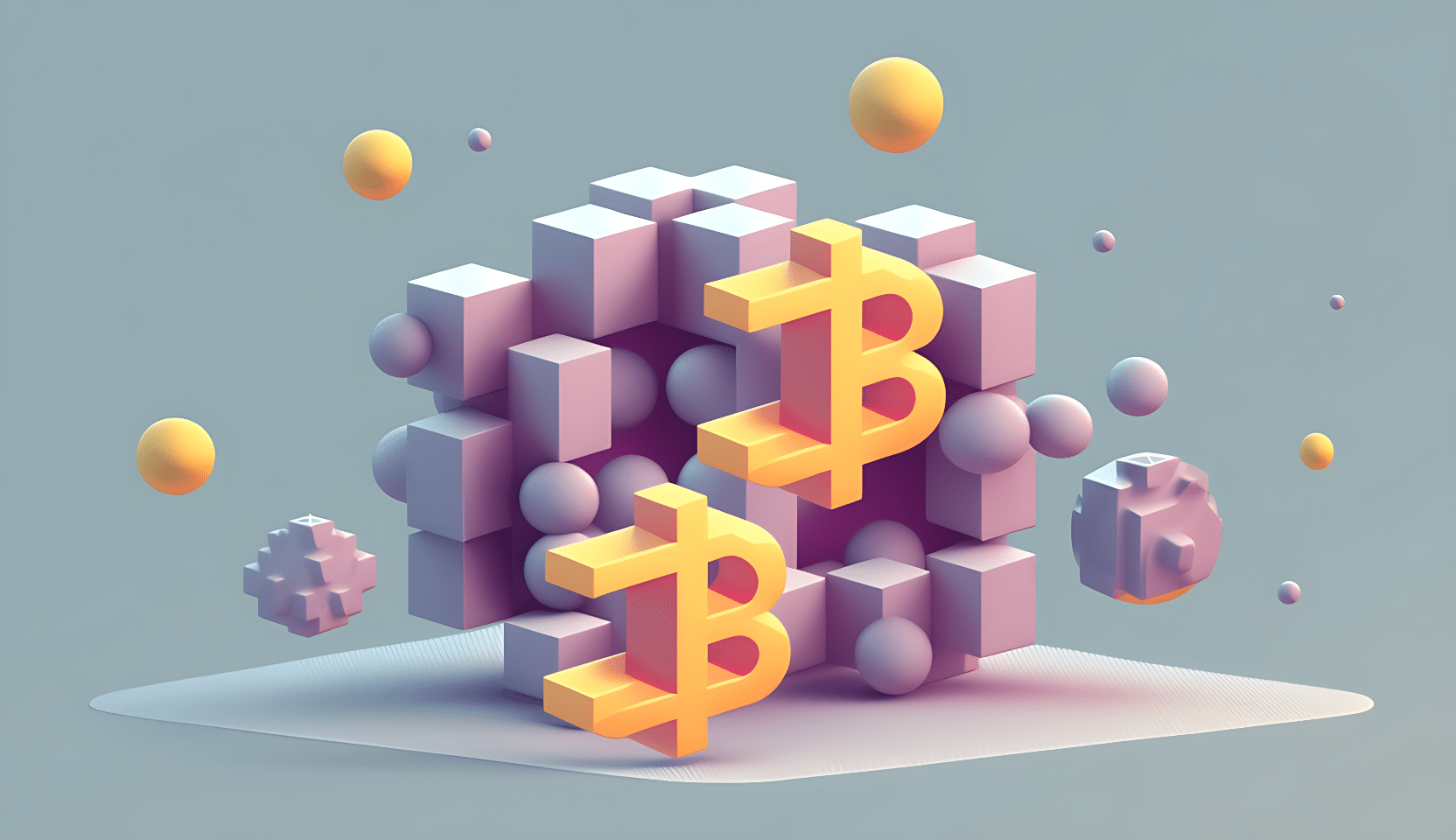
Table of Contents
ToggleYou’ve likely come across statements like “now is the best time to buy bitcoin,” and while seizing every opportunity to accumulate more $BTC or your preferred cryptocurrency is ideal, there’s a factor you should consider: network fees.
The network fee is the fee charged by each blockchain for processing your transaction. This fee varies depending on the number of pending transactions. Fee variation is common and, in fact, expected. However, sometimes network congestion occurs, and users may experience a significant increase in network fees.
What is network congestion?
Network congestion in the blockchain is a situation where the number of pending transactions exceeds the processing capacity of the network. A congested network causes delays in transaction processing.
It’s akin to a bottleneck! Transactions are waiting, attempting to pass through the funnel. During congestion periods, miners are incentivised to prioritize certain transactions by paying a higher fee. This is why fees rise, and users experience delays in confirming their transactions.
Why does network congestion happen?
There isn’t a single reason why blockchain networks may experience congestion. This depends on factors such as market volatility, block processing time, or block size.
Let’s delve into each one in more detail:
- Increased demand: When sudden volatile movements occur in the market, transaction increases can happen. Many transactions often result in a large number of pending transactions to confirm, leading to network congestion.
- Block processing time: Each blockchain determines how frequently a new block will be generated on its network. For example, in the Bitcoin network, it’s generated every 10 minutes, while its equivalent in Ethereum occurs every 12 seconds. If high volumes of new transactions with higher fees are being generated, there will be congestion on the network.
- Small block size: Just as each network determines how often blocks are generated, it also sets the maximum block size. The size of each block will determine how many transactions can be included in it. Therefore, if the pace of operations to be confirmed exceeds the network’s capacity, network congestion will occur.
What can I do during network congestion?
Like everything in the world of investments, it depends on your situation and interest. The general recommendation is to wait and try to sell Ethereum or buy Bitcoin at another time when the network is less congested, and the fee is more favorable for you.
You can check the cost of fees on tools like Mempool, where the average commission price per priority is visualized. Evaluate whether it’s convenient to wait or, on the contrary, act immediately and make a purchase.




